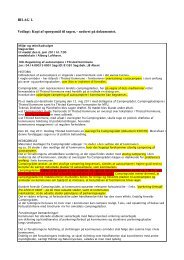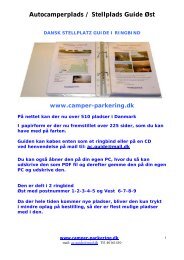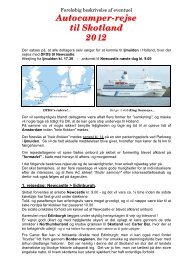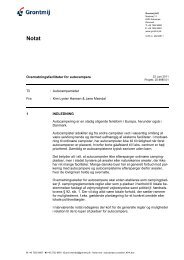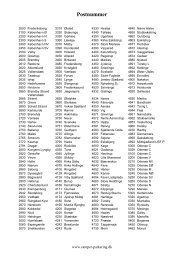You also want an ePaper? Increase the reach of your titles
YUMPU automatically turns print PDFs into web optimized ePapers that Google loves.
– the use of zinc-plated sheet steel<br />
which is highly resistant to rust;<br />
– the spraying of the underbody, engine<br />
compartment, inside the wheelhouses<br />
and other parts with waxbased<br />
products with a high protective<br />
capacity;<br />
– spraying plastic-coating materials<br />
to protect the most exposed points:<br />
under the door, inside the wings, the<br />
edges, etc.;<br />
– the use of “open” box sections to<br />
prevent condensation and water from<br />
building up and rusting the inside of<br />
the parts.<br />
BODY AND UNDERBODY<br />
WARRANTY<br />
Your <strong>Ducato</strong> is covered by warranty<br />
against any original structural or body<br />
part being perforated by rust. Refer to<br />
the Warranty Booklet for the general<br />
terms.<br />
182 VEHICLE MAINTENANCE<br />
TIPS FOR KEEPING THE BODY<br />
IN GOOD CONDITIONS<br />
Paintwork<br />
The paintwork is not only to make<br />
your vehicle look attractive but also<br />
to protect the steel.<br />
If the paint is scuffed or scratched<br />
deeply you are therefore advised to<br />
touch up as necessary to prevent rust<br />
from forming.<br />
Only use genuine products when<br />
touching up the paintwork (see section<br />
“Technical Specifications”).<br />
Ordinary maintenance of the paintwork<br />
means washing it. The frequency<br />
you should do this depends on the<br />
conditions and the environment the<br />
vehicle is driven in.<br />
For example:<br />
– areas with a high level of air-pollution;<br />
– roads sprinkled with road saltwash;<br />
– parking under trees which drop<br />
resin. In these cases, wash your vehicle<br />
more frequently.<br />
To wash the vehicle properly:<br />
1) wash the body using a low pressure<br />
jet of water;<br />
2) wipe a sponge with a slightly<br />
soapy solution over the bodywork,<br />
frequently rinsing the sponge;<br />
3) rinse well with water and dry<br />
with a jet of air or a chamois leather.<br />
When drying the vehicle, be careful<br />
to get at those parts which are not so<br />
easily seen, e.g. the door frames, bonnet<br />
and around the headlights where<br />
water can most readily collect. You<br />
should leave the vehicle out in the<br />
open so that any water remaining can<br />
evaporate more easily.



